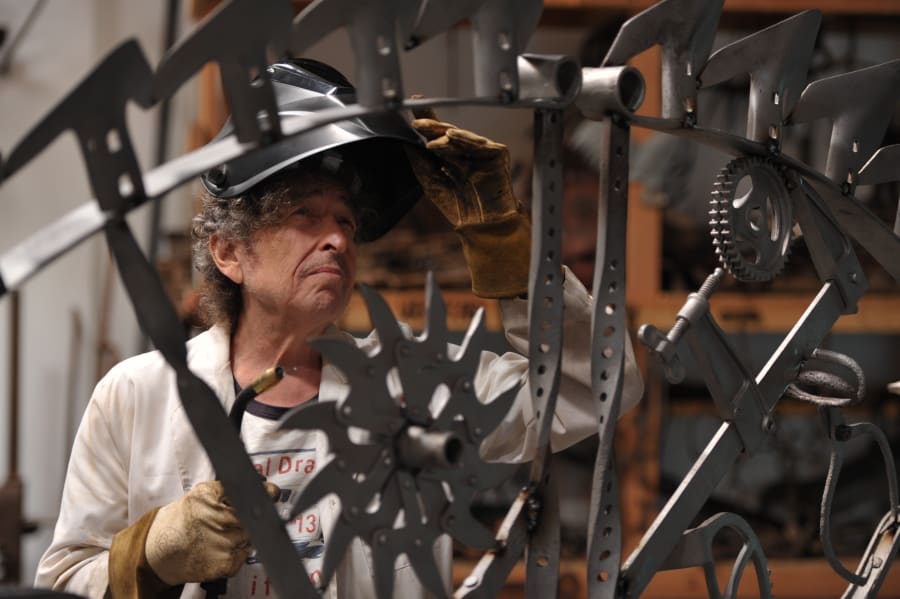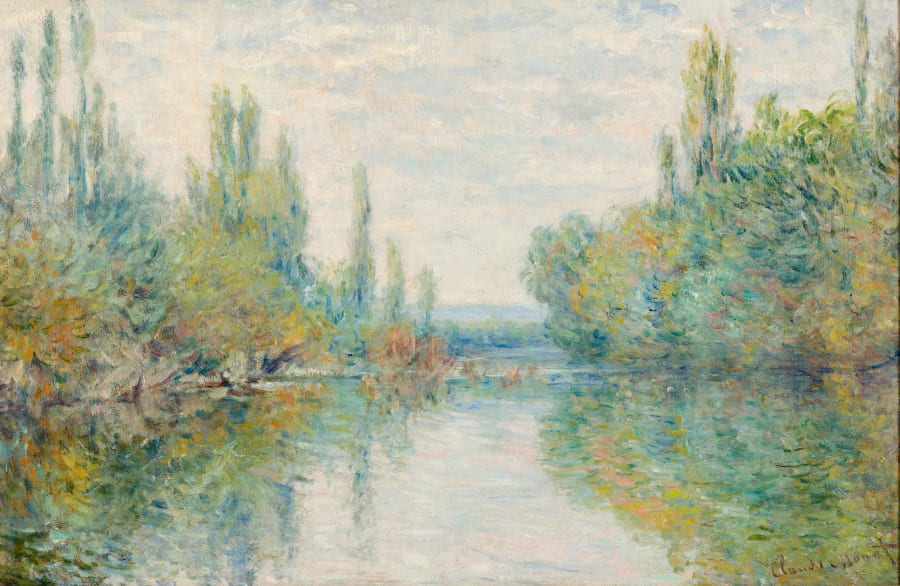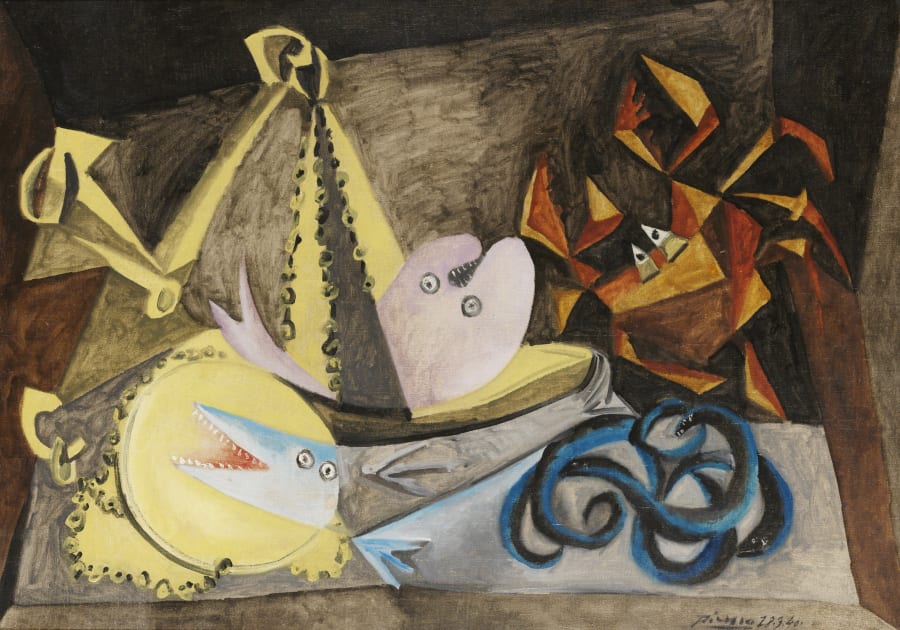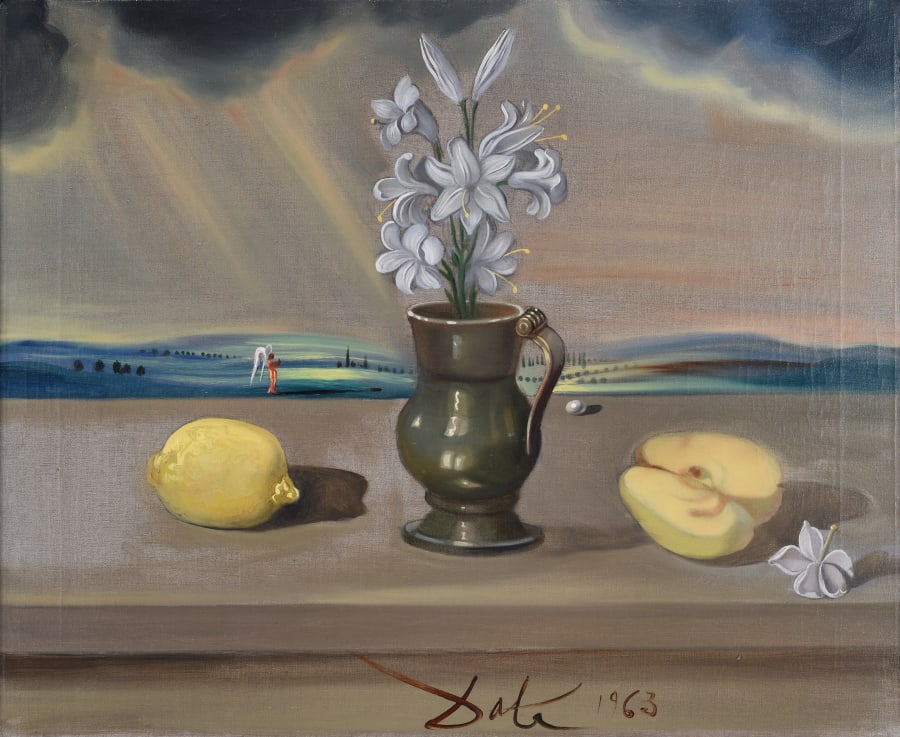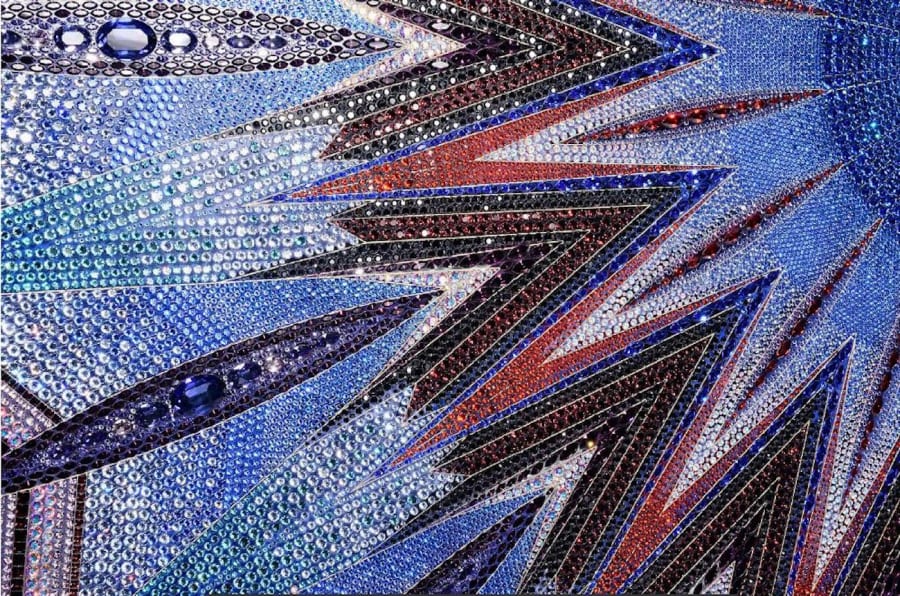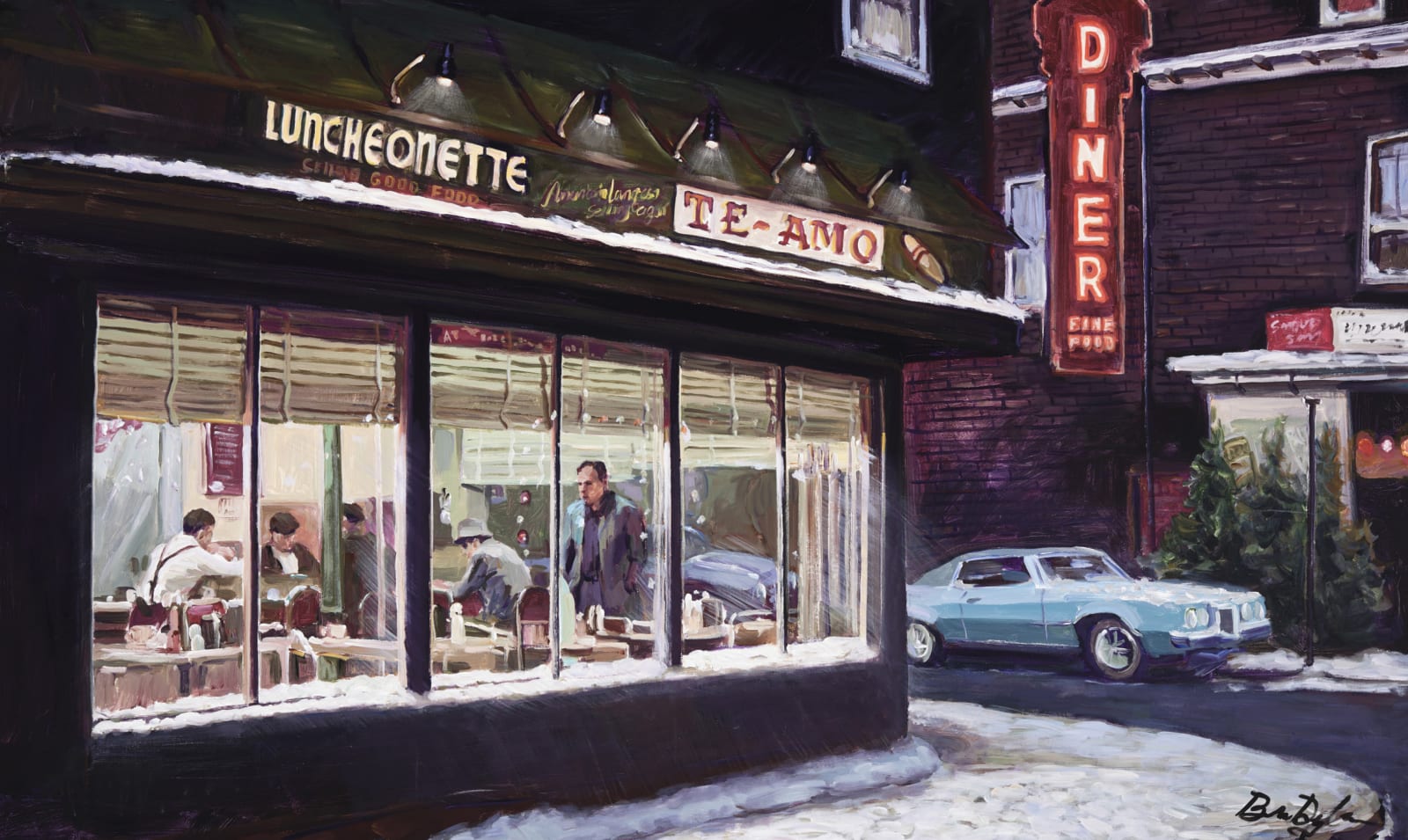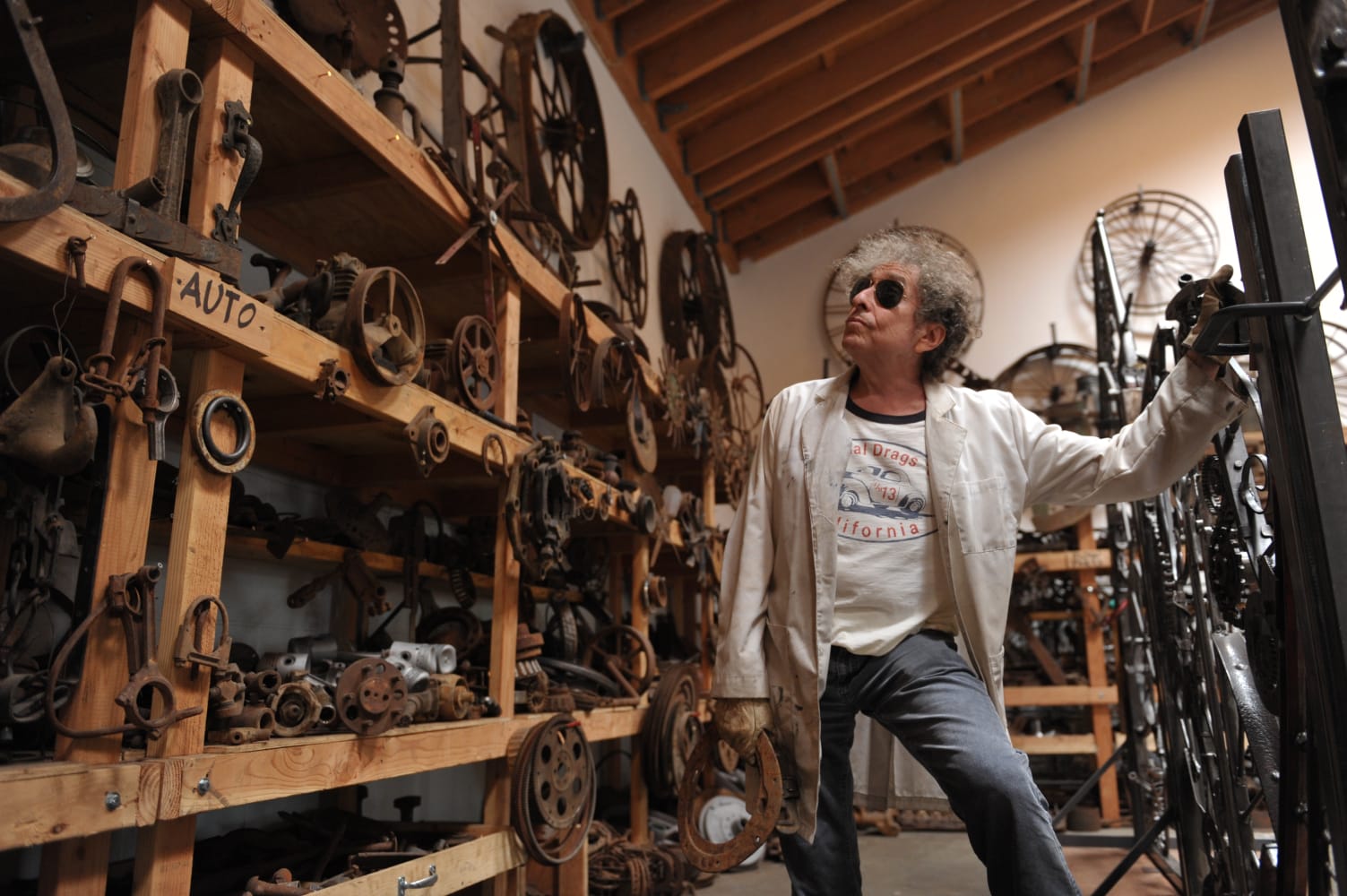Coutts Interview of Paul Green Coutts Million Dollar Donors Report
Q: How did your interest in philanthropy begin?
I'm heavily involved with The Duke of Edinburgh's International Award and we [Halcyon Gallery] have been supporting it for a number of years. At an event last year, HRH The Duke of Edinburgh was sitting at the same table and asked me, "Why do you do this?" I pointed at my 85-year-old Mum who was with me and I said, "She's the reason". My parents and my upbringing are the reason I support causes like this. They didn't really have any money, my Dad had always been one of those guys who wanted to help, and he was generous beyond his means. As a family, we had just always given away more than we probably should.
Q: What is the focus of your philanthropy?
When we first started the business [Halcyon Gallery] we were heavily involved in wildlife and conservation. The first expensive picture I ever sold - every single penny - went to [wildlife painter] David Shepherd's conservation organisation. Since then, the business has completely changed - moving into London and other areas, and now I believe the whole company has embraced this idea of philanthropy. The focus has now shifted away from wildlife conservation. That's very much part of the business 'as was'. Our main focus is now supporting The Duke of Edinburgh's International Award and the Royal Parks Foundation, both of which we work with on an ongoing basis. The Duke of Edinburgh's International Award initially approached us about hosting an event in one of our galleries. I never had the chance to do the Award myself, but the idea of someone doing something for them self is a critical issue for me. Instead of handing them something on a plate, through the Award they have to go through a process of actually achieving something. The idea now is to expand further beyond the UK. For example, a former child soldier from Uganda who had completed the Award came to speak at one of the functions. They had formed a group, been rehabilitated back into their communities - and this particular child had gone on to do a university degree in Australia after which he planned to go back home to be a community leader. As a philanthropist you can make a massive difference by supporting The Duke of Edinburgh's International Award Foundation. You can help deliver a life changing experience for young people, by equipping them for life and work. You're enabling young people from whatever background to do something for themselves and then become a part of society. You can focus it on your own communities if you want to, and you can do it wherever you are in the world. There are 1.2 billion 14-24 year olds worldwide and we really want all of them to have the opportunity to do the Award.
We've also helped the Isis Education Centre in Hyde Park, working with the Royal Parks Foundation. It was actually Lord Robin Russell [Trustee of the Royal Parks Foundation] who came to me because of my previous involvement with wildlife. He said there was a possibility of placing a sculpture in Hyde Park - which they also wanted to use to raise funds to rebuild the education centre. We needed to raise £1m, and I came up with the idea of putting name plates around the base of the sculpture - a thousand plaques costing £1,000 each, and we'd have £1m. We created the sculpture, put collection boxes around the base, and launched it in Hyde Park. So many people donated, in fact we ended up raising more than £2.2m. And we [Halcyon Gallery] then agreed to pay for the running of the centre for three years, giving another £1m from the gallery. The education centre benefits tens of thousands of children from all walks of life. Major supermarkets get involved because of the idea that it can help teach children about where tomatoes come from, and they link up cameras to farms to show people the farms that grow the produce. Using our parks - which are some of the best in the world - is really powerful.
We also get drawn into a myriad of other initiatives, such as the memorial to the citizens of Birmingham who had died in the Blitz and hadn't been recognised, that was initiated by BARRA (Birmingham Air Raids Remembrance Association). We funded the monument and it was wonderful to be there for the unveiling and see how much it meant to people that their family members were being recognised. We also host an incredible event called The Dalwhinnie Crook -a 'by invitation only' royal polo day with the Hanbury family. Their Royal Highnesses The Duke of Cambridge and Prince Harry play for their chosen charities, we invite our clients, our artists attend and we raise money. It is a wonderful day combining art, polo and charity in a glorious setting. In the past ten years alone, Halcyon Gallery has donated over £15m in support of many causes and charitable organisations focused on youth and education.
Q: On the Halcyon Gallery website, you talk about the importance of contemporary art in the public sphere and how life-enriching that can be. Why do you think philanthropy in relation to the arts is especially important?
Art makes cities great - it's a simple fact. The Lorenzo Quinn Birmingham memorial I mentioned before was a great example - an expression of sentiment through art in a public space. But it costs money - a lot of people think about the art business like this - "get a few things from an artist, put them out, throw them on the wall" - it's not like that. It's hugely expensive to produce art. If you can put it out there in the public domain and it can also be a force for good, then that means the money has gone further - doing something that means something to people can be very powerful. There's nothing better, as far as I'm concerned. Take Isis in Hyde Park as an example - a ground-breaking initiative that enhances the role that public art plays in communities and plays an integral part in an important new model of charity fundraising.
This was a really complex project incorporating planning issues, structural issues, health and safety - it's not easy. But art gives it that physicality- everyone can go up and touch the sculpture of Isis - they can go up and see their loved ones' names. It makes it very accessible. That's what we are about, and I don't think we've ever changed. We're very accessible as an art business - we try to be very public, and I guess that just follows through into the way we do our philanthropy. I'm always looking at ways to combine who we are as a business and that philanthropic side. It's much more interesting and exciting that way.
Q: It's clear that philanthropy is a core part of the culture and values of your business. What does this mean for your staff and clients?
I think people look at you differently. In terms of the people who work for us, the ethical basis of the business makes a huge difference to them. Clients comment on it as well, and we get them involved. They participated in the Royal Parks in a big way and they've been involved in our support of The Duke of Edinburgh's International Award. One of my friends and clients owns a company in Sierra Leone and wants to set up the Award there. Many people want to give back to the communities where they work, and the Award is one way to do that.
Q: What do you enjoy most about your philanthropy?
It's that perfect line from Saving Private Ryan - "Tell me I've lived a good life". I don't think there's anything else to it. You have to lead a decent life. If you can get the people around you involved, get your children into it, inspire people who would never have thought about doing it, that's even better. People don't necessarily think about giving back. They don't perhaps fully understand or appreciate what they could change. Everyone can and should get involved in giving, empowering others and transforming lives in their own way.I think Winston S. Churchill's quote sums it up perfectly: "We make a living by what we get, but we make a life by what we give."
Q: What's your biggest lesson learned in philanthropy?
I often tell people to stop worrying about funding administration. If an organisation doesn't cover its administrative costs, that organisation can't work. I like to avoid committees and I tend not to commit to anything for more than 12 months, at which point I review what we are doing and continue to support if it's still enjoyable. It's important not to be frightened to change and look for something else if you've had enough. One of the biggest things I've learnt is that it's important to engage with the people you're helping - always keep in mind the reasons why you're doing what you're doing. I see myself as one of the generation of "New Philanthropists" - people who aren't satisfied by simply writing cheques to worthy causes but would rather be in the "driving seat" and help transform lives.
Q: What do you think needs to happen to grow philanthropy in the UK?
I think there should be massive pressure on the government to improve tax relief for charitable giving. If for example you're buying a piece of art and giving it to an organisation, you should get tax relief. People need to be encouraged and incentivised to give. We need to show people an easy way of getting involved - don't make it too complicated for them. There are so many charities around, but it's hard to get involved in the right way. Make it fun for people too, make it interesting and show them that their contribution is valued. Many charitable organisations do not present themselves in a good way. I know that costs a little bit of money, but you have to have a clear vision for what you're doing and present this well - that way you will attract more funding. Also, charities doing the same thing should merge, otherwise you see such a waste of resources where one organisation is trying to do the same thing as a number of others.
Q: What advice would you give to someone who is at the beginning of their philanthropy journey?
Choose something you like, that you want to get involved in, and that's personal to you. Then see how you get on with the organisations you support. If you enjoy it, do it - if you don't, stop
Coutts Million Dollar Donors Report 2014 CASE STUDY: PAUL GREEN
IN ASSOCIATION WITH THE CENTRE FOR PHILANTHROPY, UNIVERSITY OF KENT

